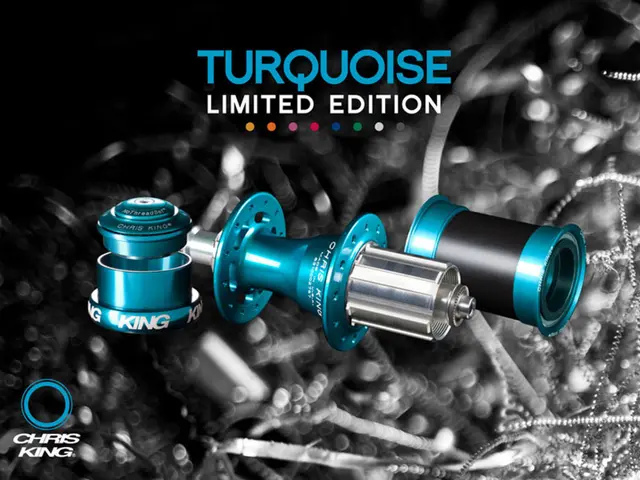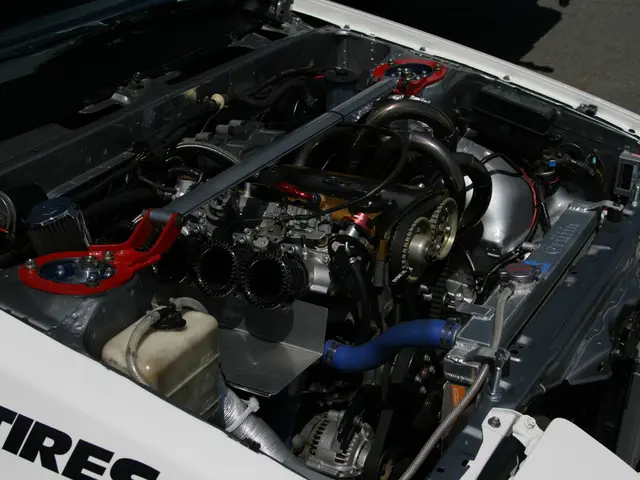BYD Shark 6 vs Ford Ranger Plug-in Hybrid Electric Vehicle (PHEV) Specifications: A Detailed Comparison
The new 2025 plug-in hybrid electric BYD Shark 6 is turning heads in the dual-cab ute segment, but how does it compare to the PHEV version of the top-selling Ford Ranger? Let's dive into this specs showdown.
The BYD Shark 6 and Ford Ranger PHEV are the latest players in the electrified ute game, each offering unique advantages. Here's how these two powerhouses shape up on paper.
Price and Standard Features:- BYD Shark 6 – A single model known as the Premium, priced from $57,900 plus on-road costs. The bundled features include synthetic leather upholstery, advanced driver assistance safety systems, over-the-air software updates, and a comprehensive suite of high-tech amenities, such as a 10.25-inch digital instrument cluster and a 15.6-inch infotainment screen.- Ford Ranger PHEV – Offered in a range of grades, including XLT, Sport, Wildtrak, and Stormtrak. Prices start at $71,990 plus on-road costs for the XLT version. Standard features include 17-inch alloy wheels, dual-zone climate control, a 12.0-inch infotainment screen, and an 8.0-inch digital instrument cluster. As you climb the model grades, the features become more luxurious, incorporating extras like LED lights, adaptive cruise control, ambient interior lighting, and a Bowers & Wilkins sound system.
Size and Cabin Space:The 2025 BYD Shark 6 is longer, wider, and taller than the Ford Ranger PHEV. This translates to a roomier cabin and more comfortable rear seating for adult passengers. The Shark 6 boasts an impressive layout with a flat floor in the back for enhanced comfort. The Ford Ranger delivers a comfortable cabin but catering strictly to five occupants.
Payload and Towing Capacity:If you need serious towing power, the Ford Ranger PHEV is the way to go. It boasts a 3.5-tonne maximum towing capacity, while the BYD Shark 6 is limited to 2.5 tonnes. Payloads also favor the Ford Ranger, offering up to 973kg, contrasting the BYD Shark's 790kg.
Hybrid Systems:The BYD Shark 6 employs a dual-motor all-wheel-drive powertrain with a 1.5-liter, turbocharged petrol engine that mainly acts as a generator for the electric motors. The Shark 6 can generate up to 321kW of power and 650Nm of torque. The Ford Ranger PHEV channels a 2.3-liter turbo-petrol engine and a single electric motor, producing 207kW of power and 697Nm of torque.
EV Range and Charging:The BYD Shark 6 can travel up to 70-80km on electric power alone, thanks to its 29.58kWh battery. The Ranger PHEV's 11.8kWh battery offers a shorter EV range of approximately 50km (NEDC test cycle). The Shark 6 supports both AC and DC charging, while the Ranger PHEV only accepts AC charging.
Off-Road Capability:The BYD Shark 6's unique powertrain, independent suspension system, and permanent all-wheel-drive setup demonstrate strong off-road potential. The Ford Ranger PHEV is known for its tough build and off-road prowess, but specific off-road capabilities, like ground clearance and wading depth, are not detailed in the available data.
Ultimately, the BYD Shark 6 excels in power output, standard amenities, and more ample EV driving range. However, the Ford Ranger PHEV offers superior torque, payload capacity, and off-road capability. Your choice depends on your priorities in the ute world.
The BYD Shark 6 and Ford Ranger PHEV both showcase their strengths in different areas within the ute segment. The Shark 6, priced at $57,900 (plus on-road costs), comes equipped with a variety of premium features, offering a cabin space that is larger and more comfortable than the Ranger PHEV. The Ford Ranger PHEV, with a starting price of $71,990 (plus on-road costs), provides superior towing power (3.5 tonnes) and payload capacity (up to 973kg), but has a shorter EV range (approximately 50km). In terms of power output, the BYD Shark 6 generates up to 321kW of power and 650Nm of torque, while the Ford Ranger PHEV produces 207kW of power and 697Nm of torque. Off-road capabilities, though, remain undetermined for the BYD Shark 6, while the Ford Ranger PHEV is known for its robust construction and off-road performance. The question of which vehicle is better ultimately depends on individual preferences and priorities in the ute industry.







